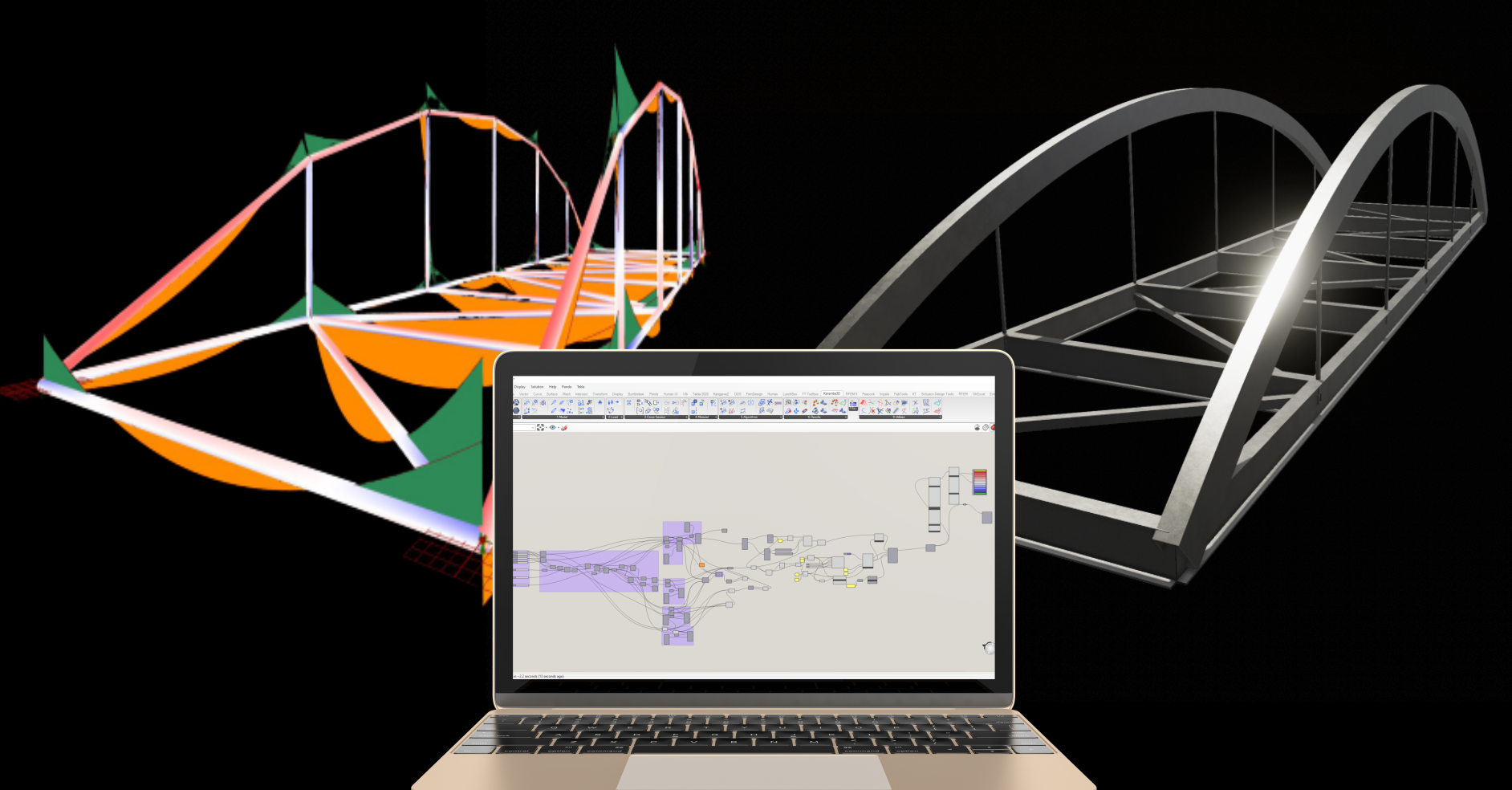

- #Weaverbird grasshopper rhino 7 how to
- #Weaverbird grasshopper rhino 7 software
- #Weaverbird grasshopper rhino 7 code

The above video presenting Gilbert tessellation with ParakeetĪnother thing I wanted to try was to make some parameters vary according to given data.I'd really like to learn more about it, but I did not have the time to do it this week. I also discovered the Firefly plugin, which enables links with Arduino boards. At this point, in case you hadn't noticed, I'm all over the place, discovering all these and not yet knowing what to do with it, haha.Īll overt the place with the Parakeet plugin So I installed the Parakeet plugin, and started playing with the different tessellations available. While wandering in more Grasshopper video tutorials, I found this one: Tutorial for making a weave pattern from scratch.Tutorial for making a weave pattern with Mesh+ and Weaverbird.My Grasshopper weaves definitions: weaves.gh.Then I made pretty much the same thing in a lot less components with the Mesh+ and Weaverbird plugins ! So I did it in a very "brute-force" way (inspired by this video), not elegant at all, but it really helped me know the components a little bit better. I was sure there was a simple way to do it, but I wanted to try and do one from scratch, to understand it better. I was interested in making a weaving pattern with Grasshopper. A nice explanation of differential growth.The differential growth video by Dan Piker that I used as a base.Kangaroo examples from its creator Dan Piker.My Grasshopper definition: differential-growth.gh.This definition, like in the tutorial, uses the Kangaroo plugin, and was based on the definition from this video by Dan Piker.

This is called differential growth, and the idea here is to increase the length of the line we have at the beginning, while avoiding collisions and constraining it to a given surface. In this video you can see the progression for every step of the definition, and the way the growth of the curve is controlled: I really loved what we did in the last tutorial, and tried it again with different parameters. I then started to experiment with what I had learned, and the help of many other video tutorials I found.
#Weaverbird grasshopper rhino 7 how to
In the third and final tutorial we started to explore some Grasshopper plugins, and how to use them for generative design.

The result of the second tutorial: a 3D mask projected onto a face In the second tutorial, we learned how to project points on a 3D object (a body for example), and the kind of parameters we can use to vary, for example, the pleating of a surface in a non-linear way.
#Weaverbird grasshopper rhino 7 code
I tried to organize and comment my "code" as I would with code I normally write in other languages. The second part of my Grasshopper definition The first part of my Grasshopper definition The result of the first tutorial: a half-mask shape with a Voronoï tessellation The first tutorial revolved around the Voronoï tessellation, and how to apply it to a plane surface (we then extruded this surface a few millimeters to make it 3D printable). Coming from a developper's point of view, to me it was like learning another programming language, its vocabulary, its components and its limits. Throughout the week we got to follow some great tutorials to understand Grasshopper. A Grasshopper "script" is called a definition. It is a visual programming language, which consists in linking components together to produce an output.
#Weaverbird grasshopper rhino 7 software
It should be possible though, after a few changes.Grasshopper is actually a programming language that runs in the 3D software Rhino. I haven’t yet figured out how exactly this will fit with custom cross-sections as asked, since it currently makes use the symmetry of the 4 sided struts to avoid twist between nodes. I’ve tried to incorporate some of those ideas here. Thanks to all of you who gave input on that pipes thread. (This is following on from some of the earlier discussion in this thread:Ĭreating smooth meshes from pipes, like TSpipe had in Tsplines? - #8 by DanielPiker) Please bear in mind this is just an alpha version - no promises how well it will work. gha plugin), one for thickening skeletons into closed quad meshes, and one for morphing geometry with a mesh cage. Here is a first prototype of 2 new tools (as a.


 0 kommentar(er)
0 kommentar(er)
